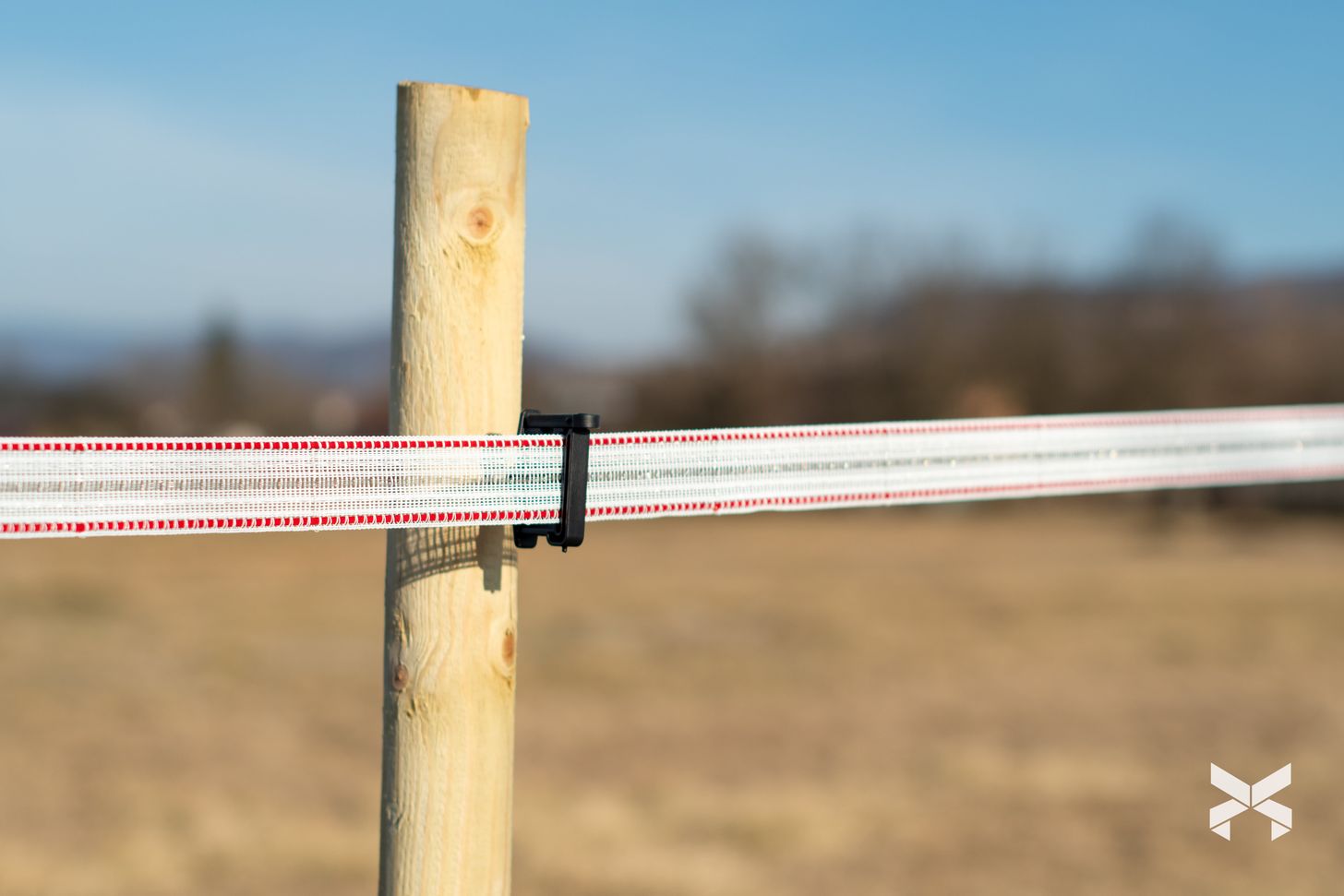
When installing an electric fence, the question will certainly arise: is it better to use wire or tape? At first glance, it may seem like just a difference in thickness and width, but the choice is about much more than that. Let’s take a look at the differences and when one might be the better option!
There are two important characteristics of electric fence wire that need to be
considered. The first is the tensile strength, which means: the thicker the
conductor, the harder it is to break. If durability is the most important
factor – for example, with large animals or strong gusts of wind – then wire
is the best choice. In terms of price-to-performance ratio, it offers the best
durability.
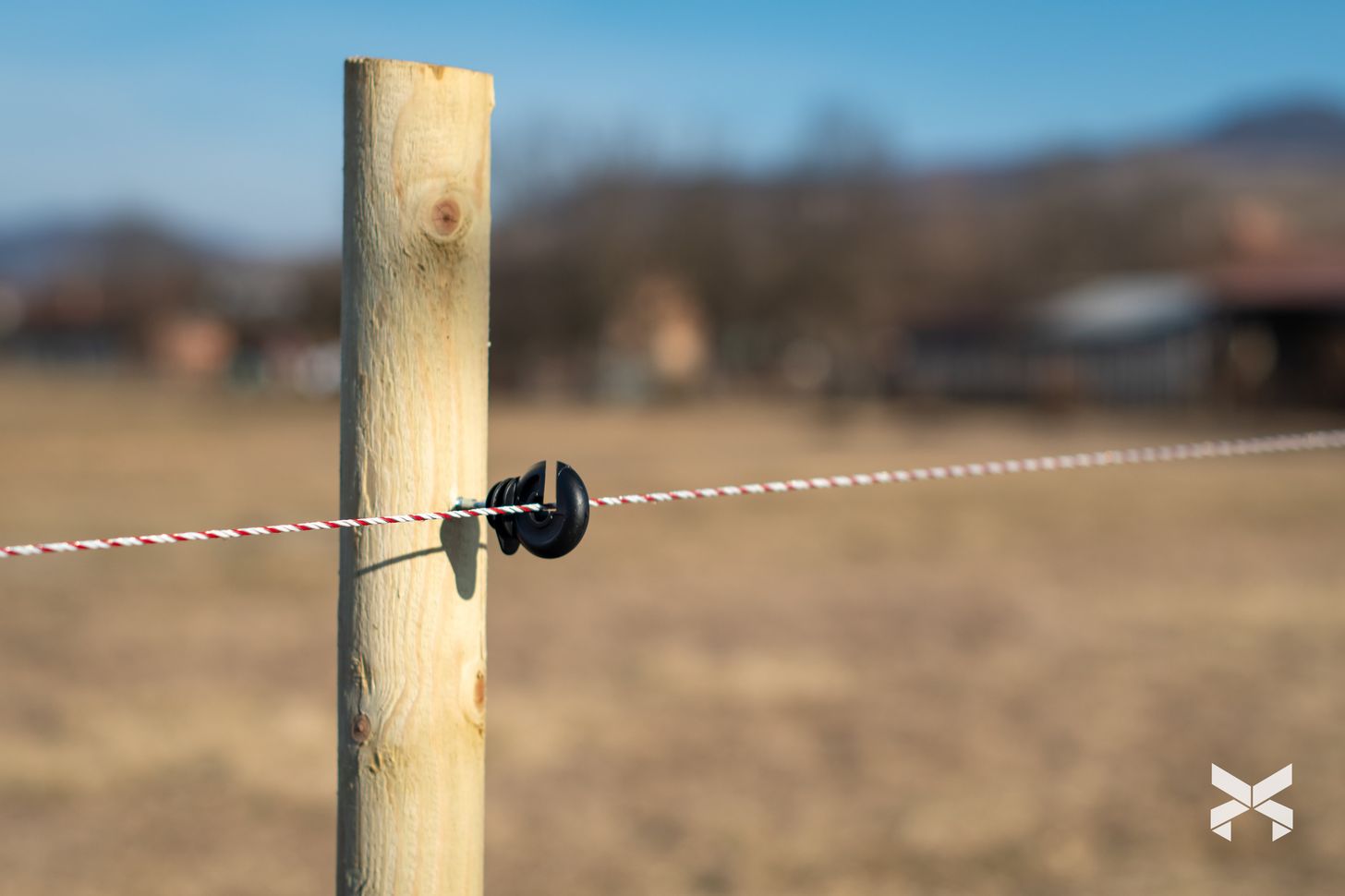
The second important feature is visibility: the wider the conductor, the more visible it will be to animals. If the goal is for livestock or wildlife to notice the electric fence from a distance, then tape is the better choice. This is especially important for horses, cattle, or wildlife, as these animals are more likely to run into less noticeable barriers.
How much wire should we use and where should we place it?
The number and placement of the wires always depend on the size, nature, and movement of the animals.
For smaller animals (e.g., goats, sheep): At least 2 rows are recommended, but for added safety, it's good to use 3 rows.
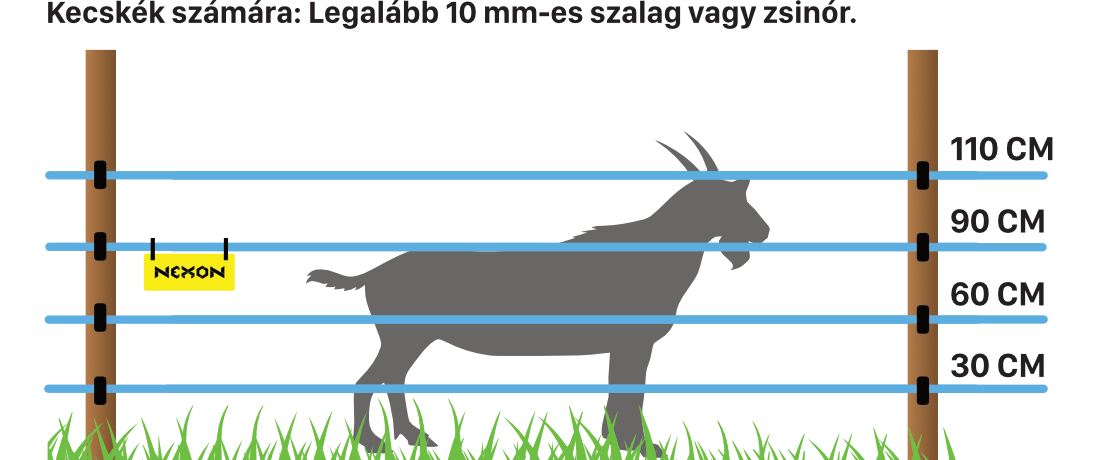
The bottom wire should be placed so that the animal's head cannot pass under it. The next level should be placed at chest height, and the third at eye level.
For larger animals, horses, cattle: 3-4 rows are needed because large animals can more easily step over or break through the fence.
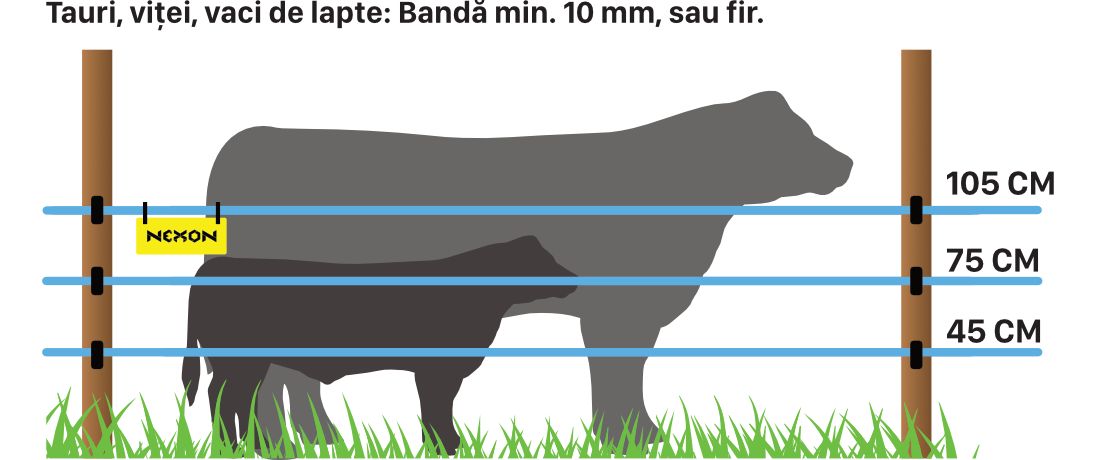
The top row is especially important to ensure that animals can spot the boundary from a distance.
Protection against wildlife (e.g., wild boars, deer): At least 5 rows are recommended to ensure they cannot find a gap.
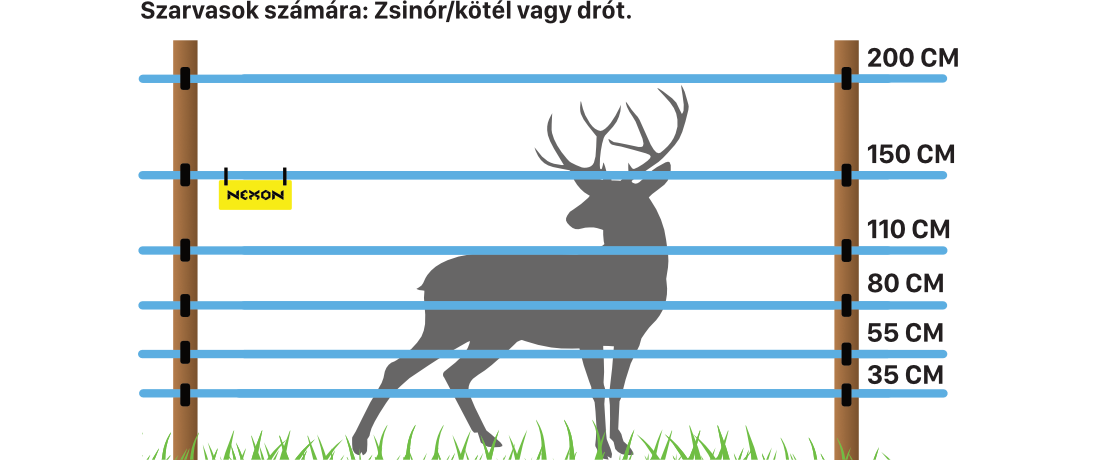
If deer cause problems, the top wire can be placed as high as 1.5-2 meters to prevent them from jumping over the fence.
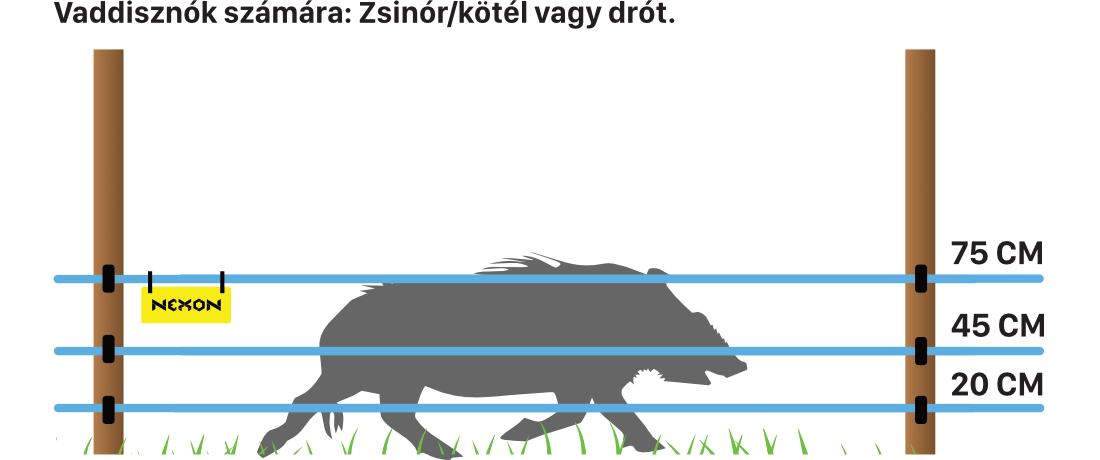
It’s important to note that there are no fixed rules – everyone installs as many rows as their budget allows and as needed. The illustrations show the recommended minimums, but it's always good to adjust the system based on the environment and the animals' needs.
However, it's crucial to remember: if durability and price-to-performance ratio are the most important factors, wire is the best choice. If visibility and visual impact are key, tape will do the job well.
And don’t forget: if you’re unsure in your choice, feel free to ask our experts or check out the solutions we recommend!